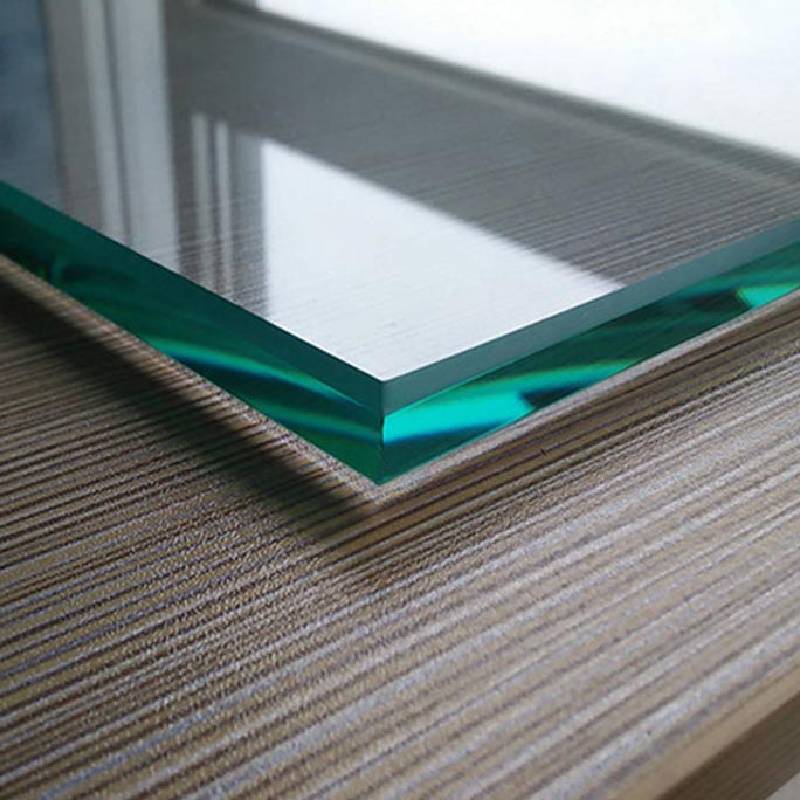

Low emissivity (low-e) glass is a revolutionary building material that plays a vital role in enhancing energy efficiency in residential and commercial structures. This specialized type of glass is designed to reflect infrared light while allowing visible light to filter through. By minimizing the amount of radiant heat that escapes from the building during colder months and preventing excessive heat from entering during warmer months, low-e glass significantly contributes to maintaining a comfortable indoor environment.
The technology behind low-e glass involves the application of a thin, transparent coating that is typically made of metallic oxides. These coatings are applied to one or more surfaces of the glass, which helps to control heat transfer without compromising natural light. There are two primary types of low-e glass hard coat and soft coat. Hard coat low-e glass is produced by a process that involves heating the glass to a high temperature, allowing the coating to bond permanently to the surface. On the other hand, soft coat low-e glass is created at lower temperatures, resulting in a more effective coating that is usually applied to the surface in a vacuum environment.
One of the most significant benefits of low-e glass is its ability to improve energy efficiency and reduce heating and cooling costs. By preventing heat loss in winter and minimizing heat gain in summer, buildings equipped with low-e glass can achieve higher energy performance, which translates into lower utility bills. Additionally, many low-e glass products are designed to block harmful ultraviolet (UV) rays, which can lead to fading of furniture, flooring, and artwork. This added protection not only preserves the aesthetics of interior spaces but also enhances the longevity of furnishings.

Moreover, low-e glass contributes to sustainability efforts by reducing the overall energy footprint of a building. As energy efficiency gains importance in the face of climate change, the demand for low-e glass is steadily increasing. Many architects and builders incorporate low-e glass into their designs to meet green building standards and certifications, which can also lead to higher property values and increased marketability.
In conclusion, low emissivity glass represents an innovative solution for enhancing the energy efficiency of buildings
. By leveraging advanced coating technologies, low-e glass not only improves comfort and reduces energy costs but also contributes to sustainability efforts. Its benefits make it an essential material in modern architectural practices, paving the way for more eco-friendly environments in the future.